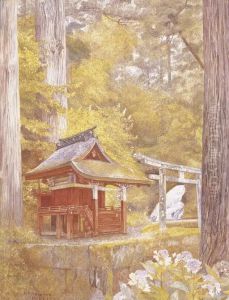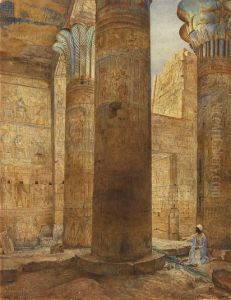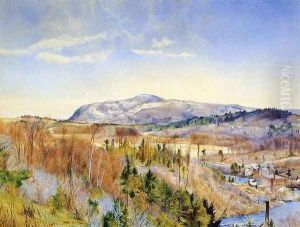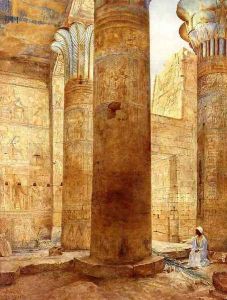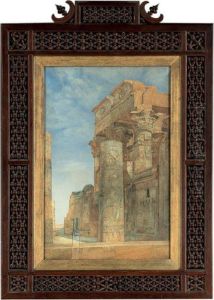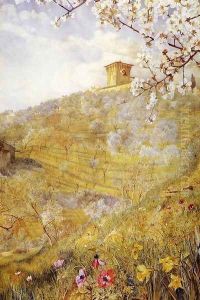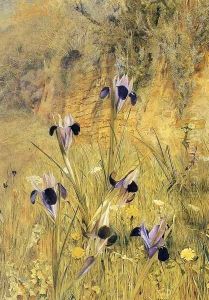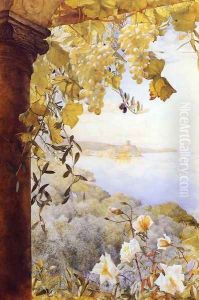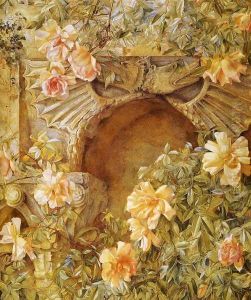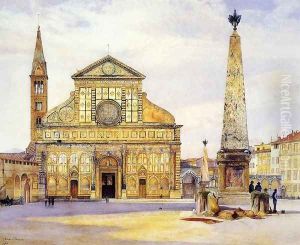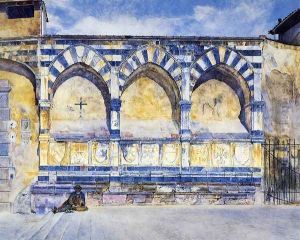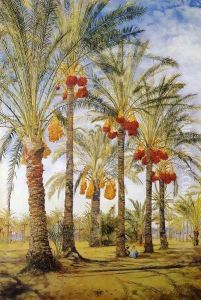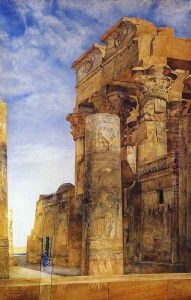Henry Roderick Newman Paintings
Henry Roderick Newman was an American artist known for his detailed and delicate watercolor paintings, particularly of floral subjects and landscapes. Born in Easton, Pennsylvania, in 1833, Newman developed an interest in art at a young age and pursued his artistic education in the United States and abroad.
Newman's initial artistic training took place in Philadelphia, where he studied under the tutelage of notable American artists. Seeking further education, he traveled to Europe in 1858, which was a common practice among American artists of that time who desired to refine their skills and learn from the European masters.
During his time in Europe, Newman was significantly influenced by the Italian Renaissance and the works of the Old Masters. He spent a considerable amount of time in Italy, especially in Florence, which became a second home to him. Throughout his career, Newman was known for his meticulous attention to detail and his ability to capture the essence of his subjects.
Newman’s work received recognition and was exhibited in various venues, including the National Academy of Design in New York. His paintings are characterized by a luminous quality and often incorporated an array of botanical details, which he executed with a high degree of technical skill.
After spending nearly four decades in Italy, Newman returned to the United States in the late 1890s. He continued to paint and exhibit his work, contributing to the American art scene of the late 19th and early 20th centuries. Henry Roderick Newman passed away in 1918, leaving behind a legacy of beautiful, finely-crafted watercolor paintings that continue to be admired for their precision and elegance.

